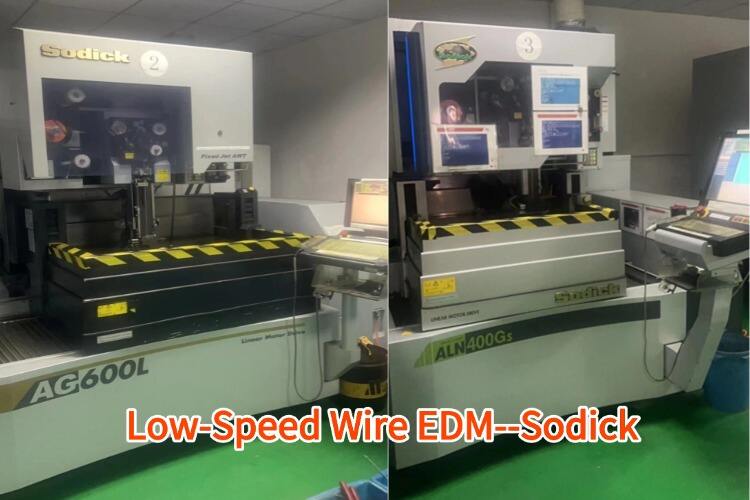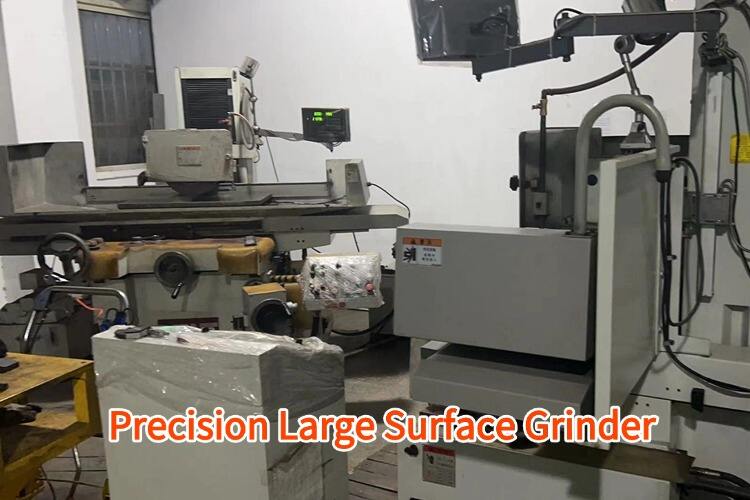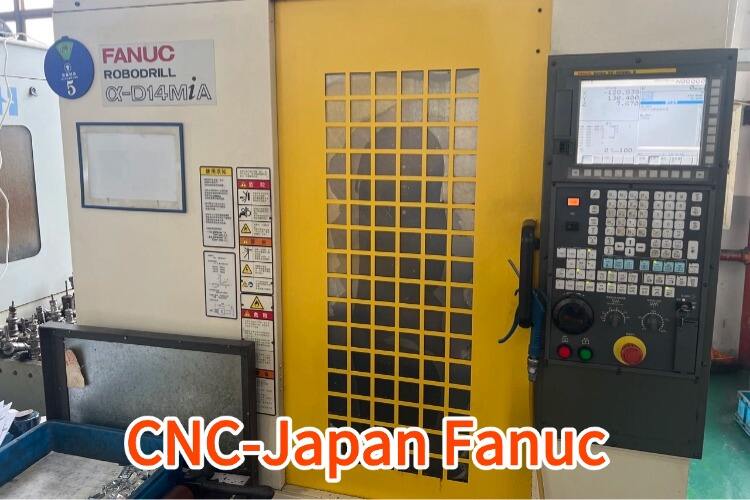surface treatment types
Surface treatment encompasses various processes designed to modify material surfaces for enhanced performance and functionality. These techniques include mechanical, chemical, and thermal treatments that alter surface properties while maintaining core material integrity. Common methods include plating, coating, heat treatment, and surface hardening, each serving specific industrial needs. These processes can improve wear resistance, corrosion protection, aesthetic appearance, and mechanical properties. Modern surface treatment technologies utilize advanced control systems and automated processes to ensure consistent quality and precise application. The treatments can be applied to metals, plastics, ceramics, and composite materials, making them versatile across different industries. Applications range from automotive components and aerospace parts to medical devices and consumer electronics. The technology continues to evolve with new developments in nanotechnology and smart materials, offering increasingly sophisticated solutions for surface modification. These treatments can extend product lifespan, reduce maintenance requirements, and improve overall performance characteristics.


